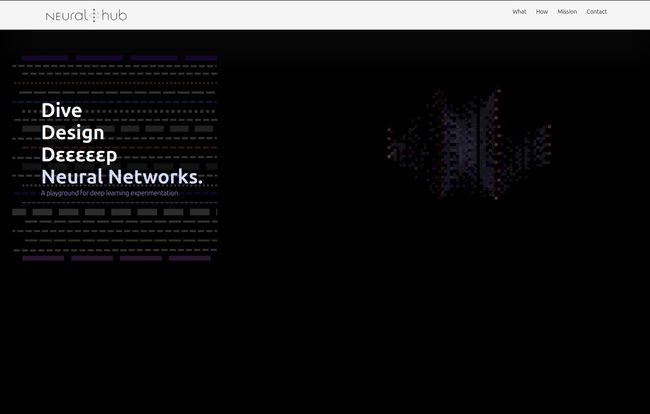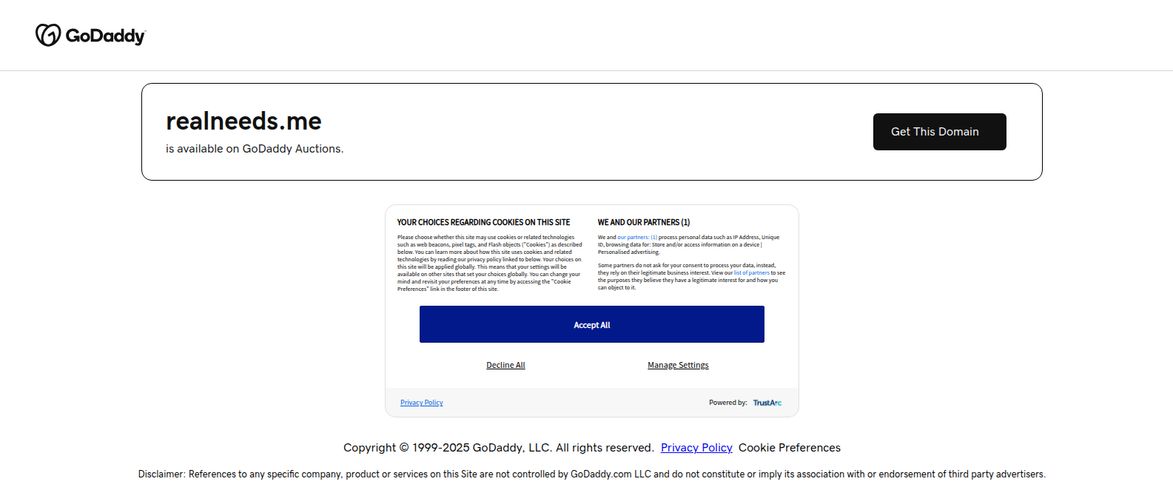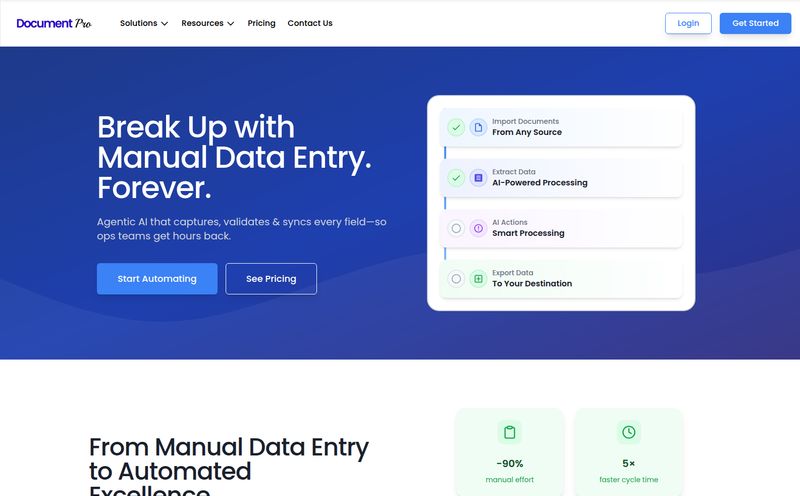Building anything cool with AI can feel like you're trying to cook a gourmet meal in three different kitchens, miles apart. You’ve got your Jupyter notebooks open in one tab, a cloud instance spinning up (and charging your card) in another, your team's code is somewhere on GitHub, and the actual collaboration happens over a chaotic Slack channel. It's a whole thing. For years, we've talked about the need for better, more integrated tools, especially as neural networks get more complex.
The whole “lone genius coding in a dark room” trope is mostly a myth. Real breakthroughs, the ones that push the field forward, are almost always a team sport. Yet, our toolchains often feel incredibly isolating.
So when I stumble across a new platform that claims its mission is to create a unified, collaborative space for AI development, my curiosity gets the better of me. Enter Neuralhub. The name alone is ambitious. But the question is, can it actually deliver on its promise to make designing neural networks easier and more accessible? I decided to take a closer look.
So, What’s the Big Deal with Neuralhub?
At its heart, Neuralhub wants to be a central meeting point for anyone working with neural networks—be it seasoned AI researchers, bright-eyed students, or scrappy engineering teams. The website describes it as a place to "design, experiment, build, and invent new architectures." Think of it less as just another code editor and more like a shared digital workshop. It’s a workbench, a library of parts, and a showroom all rolled into one. The idea is to stop the madness of juggling a dozen different services and bring the entire deep learning workflow under one roof. A bold goal, for sure.
A Look Under the Hood at Neuralhub's Features
Okay, so the mission statement sounds great. But what are we actually working with? I dug into what Neuralhub is putting on the table, and a few things really stood out to me.
More Than Just Another Code Editor
The first thing that caught my attention is the emphasis on a collaborative environment. This isn’t just about sharing a final `.py` file. The platform is designed for the entire process, from initial brainstorming to final benchmarking. In my experience, the most painful part of a project isn't the code, it's the communication overhead and keeping everyone on the same page. A tool that understands this workflow is already miles ahead of a simple text editor with a “run” button.
Building Neural Networks with Digital Legos
This is where it gets really interesting for me. Neuralhub offers a library of common network components, layers and architectures. I love this concept. It's like having a massive box of Legos specifically for building AI models. Instead of writing boilerplate code for a standard attention layer from scratch every single time, you can just grab it from the library. This lowers the barrier to entry significantly. Plus, they mention visual hyperparameter tuning. For anyone who's ever manually tweaked learning rates at 3 AM, you know how much of a godsend a good visual tool can be. It makes the whole process feel less like arcane sorcery and more like actual engineering.
Did Someone Say Free Premium GPUs?
Alright, let's talk about the elephant in the room: compute. Getting your hands on a good GPU these days can feel like trying to get Taylor Swift tickets. It’s competitive and it can get ridiculously expensive. Cloud providers charge a pretty penny, and for students or independent researchers, that cost is often a project-killer. Neuralhub's promise of free compute and access to premium GPUs is, frankly, a massive deal. This single feature could democratize access to high-end AI development more than any other. It levels the playing field, allowing great ideas to flourish without a hefty price tag attached. I'm very curious to see the fine print on this, but the headline alone is incredibly compelling.

Visit Neuralhub
The Real Scoop: What's Great and What’s... Not Yet
No tool is perfect, especially one that's just starting out. I've been in this industry long enough to know that you have to balance the hype with a healthy dose of reality.
On one hand, the upsides are clear and exciting. A unified space for collaboration? Yes please. Simplified design tools that make AI more accessible? Absolutely. Free access to the hardware we all need? That’s a game-changer. It’s a platform built on a vision I think most of us in the AI/ML space share.
However, we have to talk about the catch. As of now, Neuralhub is in a beta phase and requires you to join a waitlist. That's standard for new tech, but it means you can't just jump in and play around today. It also means you should expect some rough edges, maybe a bug or two, and features that are still being built out. There's also the bigger, more strategic question of platform reliance. When you build, train, and host your models on a single platform, you're tying your work to their ecosystem. It's a classic trade-off: convenience versus control. It's something to keep in mind for any serious project.
The Million-Dollar Question (Or Is It Free?)
So, what's this all going to cost? I did my due diligence and clicked on their pricing page and… was met with a 404 error. Haha, a classic sign of a product still in its early days. So, for now, there's no public pricing information. Based on the mention of "free compute," I'd wager they're aiming for a freemium model. Perhaps a generous free tier for students, academics, and public projects, with paid tiers for private work, larger teams, and even more powerful compute resources. That seems to be the standard playbook and it would make a lot of sense here.
Who Should Be Joining the Waitlist?
So, is Neuralhub for you? If you're a student trying to learn deep learning without remortgaging your parents' house for GPU time, then yes, absolutely get on that waitlist. If you're an independent researcher or part of a small engineering team tired of duct-taping tools together, this could be the streamlined workflow you've been dreaming of. It seems perfectly positioned for prototyping, experimentation, and collaborative research. Will it replace the complex, entrenched MLOps pipelines at a massive FAANG company tomorrow? Probably not. But for the rest of us, it presents a very interesting future.
Your Neuralhub Questions Answered
Is Neuralhub completely free?
The platform advertises "free compute and premium GPUs," which is a huge plus. However, there's no official pricing page yet. It's likely to operate on a freemium model, with a free tier and paid options for more advanced features or resources.
Do I need to be a deep learning expert to use it?
It seems designed for all skill levels. With a library of components and visual tools, it aims to simplify the design process, making it more accessible for beginners. At the same time, the power to design custom architectures should appeal to experts.
What kinds of AI models can I build on Neuralhub?
The homepage explicitly mentions a range of modern architectures, including Transformers, Generative Adversarial Networks (GANs), and Convolutional Neural Networks (CNNs). This suggests the platform is versatile and built for cutting-edge AI research.
How is this different from a tool like Google Colab?
While both offer access to GPUs, Neuralhub appears to be more of an integrated development environment. The focus is stronger on the visual design of networks, built-in collaboration from the ground up, and sharing/benchmarking within the platform itself, rather than just being a hosted notebook environment.
How can I get access to Neuralhub?
Currently, access is managed through a waitlist. You can sign up on their official website to get in line for the beta.
My Final Take on Neuralhub
Look, new tools in the AI space pop up all the time. Many are just slight variations on what we already have. But Neuralhub feels a bit different. It’s not just offering a new feature; it’s proposing a new, more integrated way of working. The mission to simplify deep learning and foster collaboration is one I can definitely get behind.
Is it going to be a perfect, polished solution right out of the gate? Of course not, it's a beta. But the potential is undeniable. The combination of a collaborative environment, user-friendly design tools, and the promise of free GPU access is a powerful one. It's a step toward making the power of AI accessible to more minds, and that's always a good thing. In my book, it's absolutely worth getting on that waitlist.



